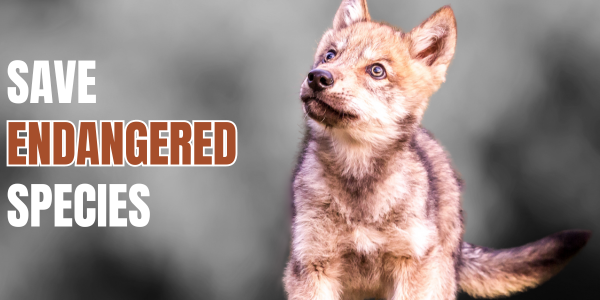Photo credit: William Mullins
Columbian sharp-tailed grouse (Tympanuchus phasianellus columbianus) | ESA status: none
Columbian sharp-tailed grouse
The Columbian sharp-tailed grouse is the smallest and rarest of six subspecies of sharp-tailed grouse in North America. Like other western grouse, it lives and breeds in sagebrush steppe, but it lacks the Endangered Species Act protections that would buffer it from the many threats to the Sagebrush Sea.
Columbian sharp-tailed grouse habitat
First described by Lewis and Clark in 1805, Columbian sharp-tailed grouse were once considered the most abundant grouse in the Intermountain West. The historic range of Columbian sharp-tailed grouse included parts of what became nine Western states and one Canadian province. However, Columbian sharp-tailed grouse distribution has been drastically reduced. The subspecies now exists in less than 10 percent of its historic range.
Columbian sharp-tailed grouse mating ritual
Similar to other Western grouse, sharp-tailed grouse engage in a fascinating mating ritual. Each spring, and occasionally in autumn, male grouse congregate on “leks”—ancestral strutting grounds to which the birds return year after year. The males arrive 30 to 60 minutes before sunrise and may remain on the lek for two to three hours.
The males’ courtship display consists of animated dancing and “freezing” phases. They strut, push their tails upward, inflate their air sacs, and rush forward or circle while stamping their feet, clicking their central tail feathers and emitting hooting, cackling, and gobbling sounds. Dancing bouts last 30 to 50 seconds. Males will often dance in synchrony, appearing to start and stop on signal.
What are the threats to the Columbian sharp-tailed grouse?
Columbian sharp-tailed grouse use a variety of habitats, including sagebrush steppe, meadows, mountain shrubs, brushy grasslands, and riparian areas. Unfortunately, a litany of land uses has reduced the species to just three population centers in central British Columbia, southeastern Idaho/northern Utah, and northwestern Colorado/south-central Wyoming. Although millions of Columbian sharp-tailed grouse probably lived in the West in the past, only 18,000 to 25,000 breeding individuals remain in the United States today.
What WildEarth Guardians is doing to protect the Columbian sharp-tailed grouse
We petitioned to protect the Columbian sharp-tailed grouse under the Endangered Species Act in 2004. The U.S. Fish and Wildlife Service rejected our petition in 2006. We continue to fight for protection of Columbian sharp-tailed grouse habitat in the Sagebrush Sea.
Historical Significant Actions
WildEarth Guardians files suit challenging negative preliminary finding on petition to list Columbian sharp-tailed grouse November 2008
U.S. Fish and Wildlife Service issues negative preliminary finding on petition to list the Columbian sharp-tailed grouse November 2006
WildEarth Guardians files petition to list Columbian sharp-tailed grouse October 2004
